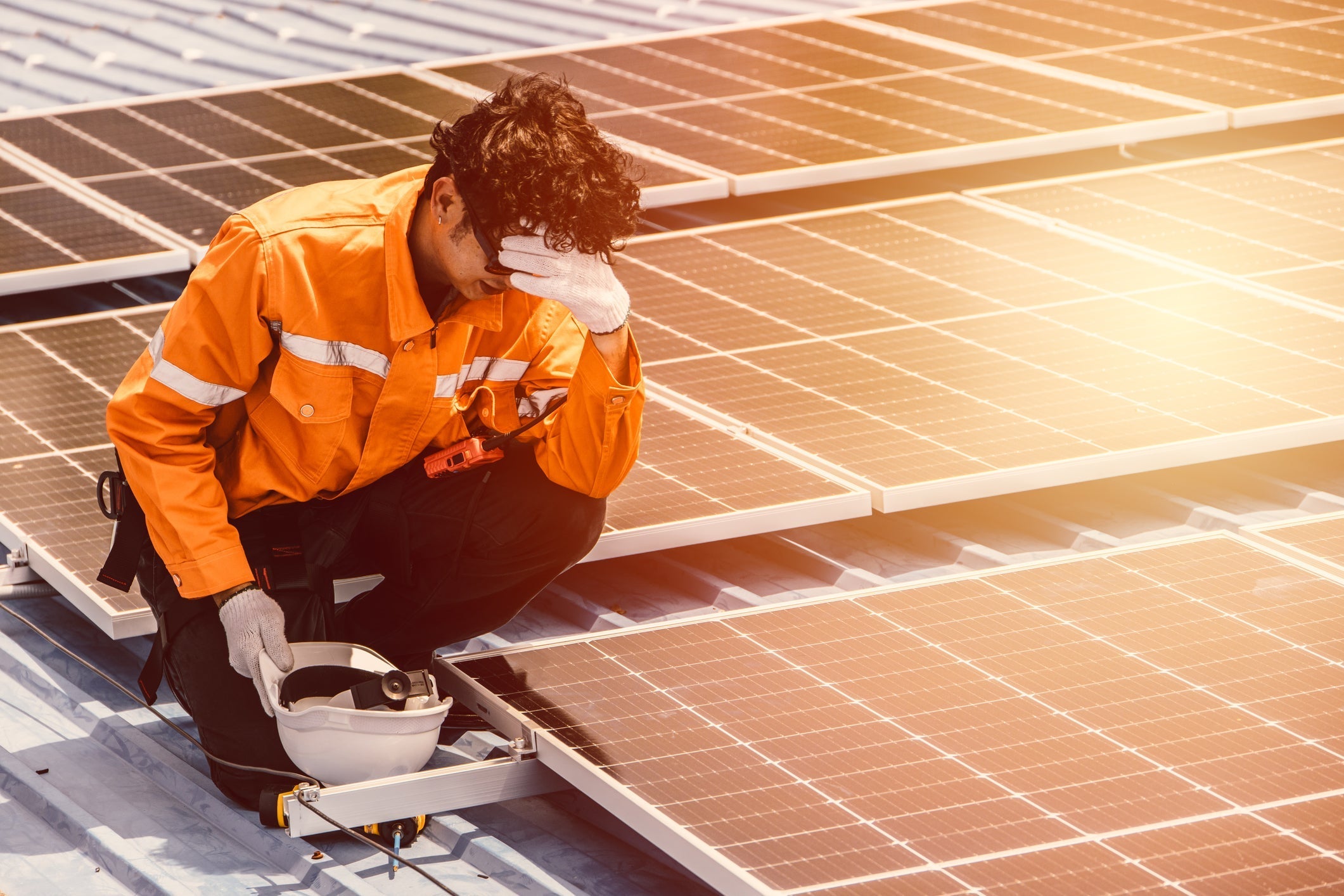Quick Summary: How to Prevent Heat Stress on the Job
To prevent heat stress at work, combine engineering controls like ventilation and shade with PPE like cooling vests, breathable clothing, and hydration gear. Workers should hydrate frequently, take rest breaks in cool areas, and monitor for signs of heat exhaustion. OSHA recommends a heat illness prevention program with training, proper PPE, and emergency response plans.
1. Understanding Heat Stress and Its Dangers
Heat stress occurs when the body cannot properly cool itself in a hot environment. This can lead to heat exhaustion, heat stroke, and even death. Construction workers, welders, utility crews, landscapers, and foundry workers are especially at risk in the summer months.
2. OSHA’s Heat Safety Guidelines
While OSHA doesn't yet have a formal heat stress standard, it enforces protections under the General Duty Clause. Employers must provide workplaces free from recognized hazards—including heat-related illness risks.
- Provide cool drinking water
- Allow frequent breaks in shaded or air-conditioned spaces
- Train workers on symptoms of heat illness
- Use a buddy system to check on coworkers
- Acclimate new workers to hot conditions gradually
3. Essential PPE for Heat Stress Prevention
Cooling Vests and Bandanas
Evaporative and phase-change cooling vests reduce body temperature and help workers stay comfortable. Pair them with cooling neck wraps and bandanas for additional relief.
Hydration Packs and Water Bottles
Hands-free hydration backpacks allow continuous water intake while on the job. Encourage workers to drink every 15–20 minutes, not just when thirsty.
Lightweight, Breathable Clothing
Moisture-wicking, flame-resistant (FR) clothing helps regulate body heat while maintaining safety compliance.
Ventilated Hard Hats and Sun Shields
Choose hard hats with built-in ventilation or add accessories like sun brims and sweatbands for extra protection fro

